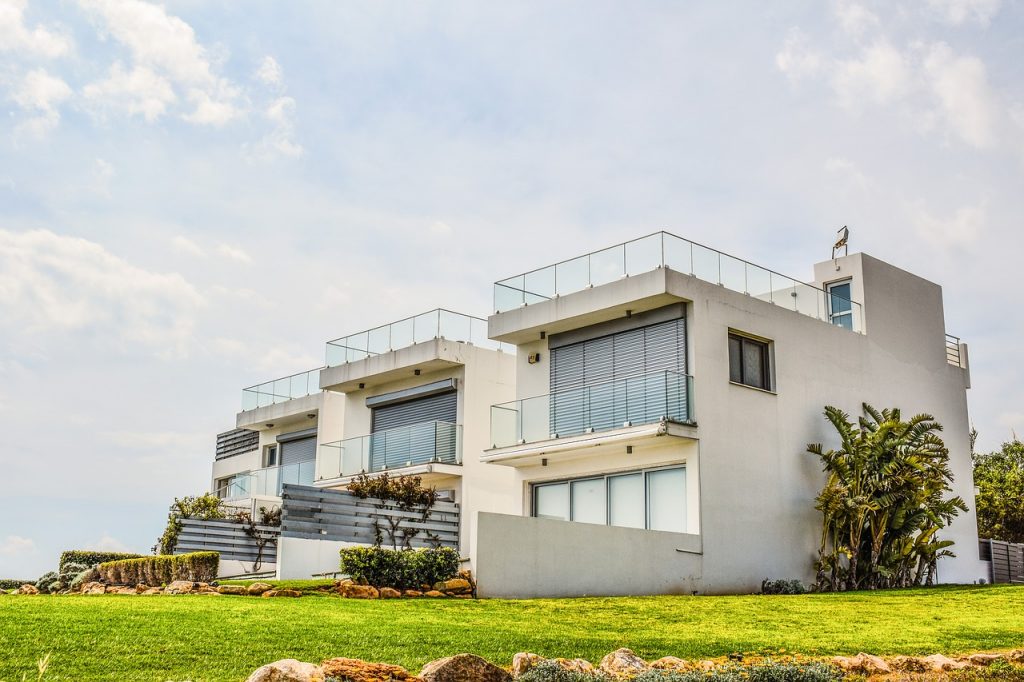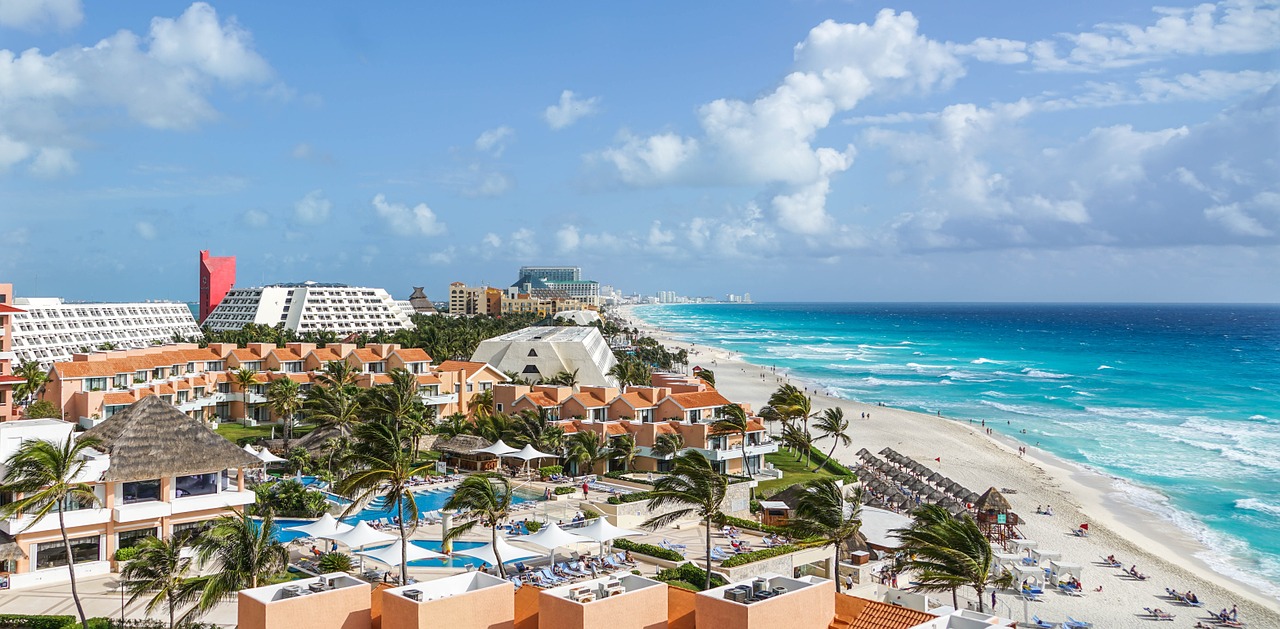Spanish Lay Claim Over a Vast Land
Inhabited for centuries by various Indian groups, El Paso saw its first Europeans when Spaniards passed through in the mid-1500s. During 1540 to 1542, an expedition under Francisco Vázquez de Coronado explored the area now known as the American Southwest. These earliest Spanish explorers saw on their approach from the Rio Grande two mountain ranges rising from the desert, with a deep chasm between. They named the site “El Paso del Norte, ” or “the Pass of the North.” The Rodríguez-Sánchez expedition in 1581 was the first party of Spaniards to explore the Pass of the North, bringing about the beginning of El Paso’s modern history. Further expeditions followed, culminating in an April 30, 1598 ceremony near the site of present-day San Elizario in which expedition leader Juan de Oñate took formal possession of the territory drained by the Rio del Norte (now the Rio Grande). Called “La Toma,” (the claiming) this act brought Spanish civilization to the Pass of the North, laying the foundation for more than two centuries of Spanish rule.
Population of the area grew when the Pueblo Indian Revolt of 1680 sent Spanish colonists and Tigua Indians of New Mexico southward in search of safety. By 1682, five settlements were thriving on the south bank of the Rio Grande. By the middle of the eighteenth century, approximately 5,000 people populated the El Paso area; among them were Spaniards, mestizos, and Indians. The region became known for its vineyards, with residents producing wine and brandy. In 1789, the presidio of San Elizario was founded to defend the El Paso settlements against encroaching Apaches.Spanish Rule Ends, Tensions Begin

With Mexico’s independence from Spain in 1821, the entire El Paso area became part of Mexico. Agriculture and commerce flourished, but the unpredictable levels of the Rio Grande made for difficulties with crops, fields, and structures frequently damaged by the rising water levels. In the 1830s, the river flooded much of the lower Rio Grande valley, creating a new channel and displacing several towns.
May 1846 saw more difficulties as hostilities erupted between the United States and Mexico. During the Mexican War, Col. Alexander Doniphan and a force of American volunteers defeated Mexican fighters at the battle of Brazito, entering El Paso del Norte. The Treaty of Guadalupe Hidalgo on February 2, 1848, ended the dispute and again changed the boundary between the two nations, bringing El Paso territory under the blanket of the United States.
El Paso’s settlements grew in 1849 as easterners rushed west in search of gold. Lines between Mexico and the United States were revised yet again; this time the three Mexican towns of Ysleta, Socorro, and San Elizario ended up on the United States side of the line. The military post of Fort Bliss was established in 1858; one year later pioneer Anson Mills completed his plat of the town of El Paso. The name “El Paso” brought about confusion with the Mexican town across the Rio Grande, El Paso del Norte, so the Mexican town’s name was changed to Ciudad Juárez in 1888.
During the Civil War, El Paso’s alliance was to the South, though the Union presided and local Southern sympathizers eventually received pardons. In 1877, Texans and Mexicans became embroiled in a bitter civil war, the Salt War of San Elizario, which lasted six months.A Modern City Emerges
A rail system was established through the area in 1881–82, which transformed the village into a lively frontier community with a growing population. El Paso’s early years are tinted by a colorful reputation from its many saloons, brothels, and high crime. By 1890 citizens were demanding reform, and by 1905 El Paso ordinances banned gambling and prostitution. At the turn of the century El Paso’s frontier image was fading and its fresh start as a modern city began. The population grew from 15,906 in 1900 to 77,560 in just 25 years. Refugees of the Mexican Revolution contributed to the city’s growth, as did burgeoning commercial, industrial, agricultural, and transportation business, along with El Paso’s strategic location as a gateway to Mexico. Prohibition boosted the city’s tourism as neighboring residents flocked to El Paso to cross the border for drinking and gambling in Juárez.
In 1930 census reports showed 102,421 residents in El Paso, though the city’s growth began to slow soon after with the census reporting only 96,810 residents in 1940. After the war, development brought new residents and the 1950 census once again showed growth, with 130,003 people living in El Paso. Fort Bliss grew as well in the 1940s and 1950s. The 1960 census saw a doubling of residents; steady growth continued and by 1970 the population was 339,615. El Paso’s population grew again when the city absorbed the Mexican town of Isleta, stretching the reaches of the metropolitan area even further. By the mid-1980s, Fort Bliss’ military personnel and family members made up nearly a quarter of the city’s population. Petroleum, textiles, tourism, metals, cement, and food processing became major industries by the 1980s.
Since 1990 El Paso’s economy has suffered from competition with low labor rates from abroad and the closure of its main copper smelter. As well, El Paso has the unpleasant distinction of being one of the main entry points for drug smuggling into the United States, an attribute that has plagued the area for decades. The North American Free Trade Agreement (NAFTA) passage helped local service and transportation firms to expand their businesses, but hurt the city’s industrial industry. Since El Paso is sensitive to changes in Mexico’s economy, the devaluation of the Mexican peso in the 1990s and the border traffic controls instituted after the September 11, 2001 terrorist attacks both affected El Paso’s economy. Still, the area is recovering from these incidences, and the El Paso of today consists of a rich mix of culture with a strong military presence and the excitement of a border town. The El Paso-Juárez international metropolitan area is the largest bi-national community on an international border in the world.

